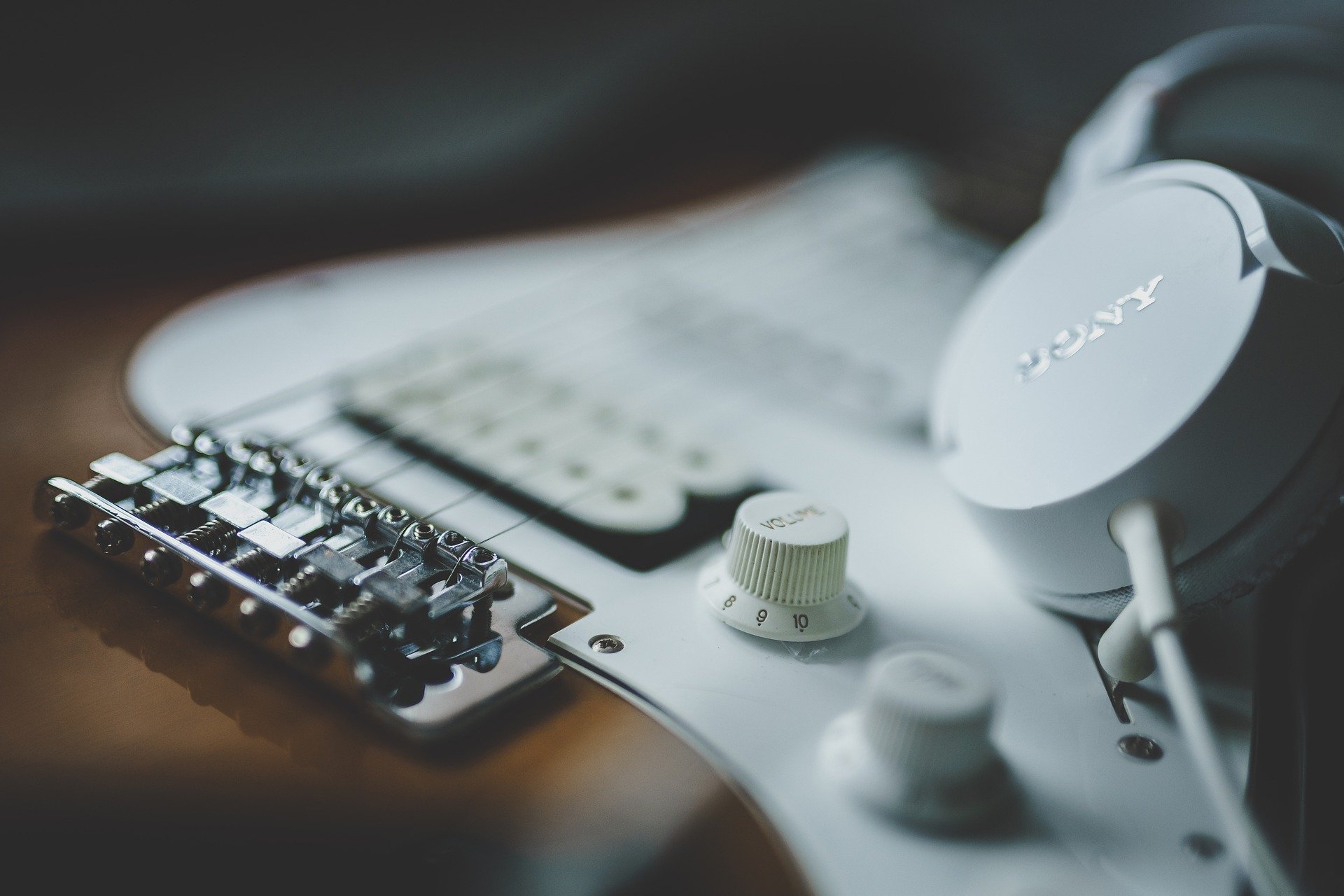One thing I noticed when I began to purposely concentrate on learning to play what I heard in my head using intervals, rather than rely on shapes and patterns, was that I was doing a lot of ear training (based on the app I mentioned in Part 1) but I wasn’t bringing this to life on the fretboard. Let me put this another way; I was working on my ear, but still practicing and/or learning patterns and shapes. A lot of players do this without realizing, it’s like, ‘Okay, I’ve done my ear training, gotten it out of the way, now on to the next thing,’ but it shouldn’t end there…
Fourths Tuning
I love fourths (or P4) tuning (low to high E, A, D, G, C, F) because it gives you a symmetrical fretboard i.e. the interval between each string is a fourth. From standard tuning, just tune your B and top E strings up a semi-tone; if your guitar is set up well, the strings shouldn’t snap. One of the main advantages of fourths tuning is that it reduces the amount of shapes, patterns and whatnot there is to learn by about two thirds because any shape or pattern maintains the same form wherever you play it on the fretboard. So, what does this have to do with playing by ear?
Intervals
When you start to play more by ear, the best way to move around the fretboard is by using intervals. For example, if you want to play the Dorian scale, it has the intervals 1, 2, b3, 4, 5, 6, b7. If you were just focusing on the pattern you wouldn’t necessarily know (or care) which intervals you were playing; you can become very adept at this, but by knowing where the intervals are, you can choose which ones you play, or choose to target the 6 as it’s Dorian, or any combination of intervals. After all, learning to recognize intervals is exactly what you’ve been practicing through ear training—now it’s time to apply it to the fretboard!
This is of course way easier to do in fourths tuning, which is why I mention it, because the intervals will always be in the same place. In standard tuning, however, due to the interval between the G and B strings being a major third, this gets kind of messed up but is still doable; it’s just a little more work.
How to Learn Intervals
For the purpose of learning to improvise using intervals in standard tuning, it makes much more sense to learn intervals on the strings you actually solo on. Not too much soloing is done on the low E and A strings, so we’ll concentrate on the top four strings for the time being.
We’ll use the Dorian scale as it’s one of those subtle scales that really needs bringing out; the intervals in the Dorian scale are as follows:
1, 2, b3, 4, 5, 6, b7 (Remember: a 2 is also a 9, and a 4 is also an 11)
Let’s say we’re playing in A Dorian and you want to start your solo on the top string. Look at the intervals that are available on the top E string:

Use the A string as a drone and go between the intervals, you can use bends, slides, hammer-ons and pull-offs if you like. Just make sure you know what interval you’re going to next.
The following diagram shows you the intervals within reach on the B string:

Again, use the A string as a drone, play around with the notes making sure you know what interval you’re going to next. This is the only rule in this exercise, the idea being to start thinking in terms of intervals as oppose to patterns. The above two patterns actually contain all the notes from the A Dorian scale, see if you can combine them making sure you know what interval you’re going to next.
Check out the interval pattern with the root on the D string, which is the same as the first diagram:

Again, use the A string as a drone, play around with the notes making sure you know what interval you’re going to next, then combine it with the following pattern:

The next step is to sandwich the all the patterns together so that you’re playing an entire octave, keeping in mind that you need to know what interval you’re going to next. If you don’t remember just hover there and practice your vibrato until you do. You can, and should, rinse and repeat with a variety of scales, especially if you feel you’re stuck in a rut.
If you’ve been practicing with the app mentioned in Part 1, you should start to hear your ear training come to life.
In Part 3 we’ll look at the ins and outs of intervals in standard tuning.



